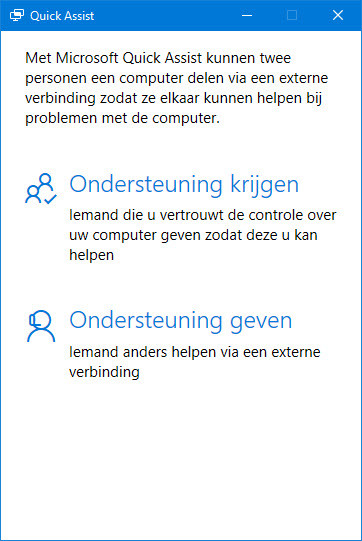

(If you prefer a no-keyboard method, click Help and Support, Ask, and then Windows Remote Assistance.) After you click Invite someone you trust to help you, you’ll see Easy Connect along with the two e-mail-based invitation options. To request remote assistance in Windows 7, search for “assistance” from the Start menu, then run Windows Remote Assistance. However, if both parties have Windows 7 in common, a new feature called Easy Connect can speed up and simplify the connection process considerably by eliminating e-mail as a conduit. You can still use invitation files in Windows 7, and if your helper is running Vista or XP, you’ll have to. In previous versions of Windows, the primary way to initiate a Remote Assistance connection was by creating an “invitation” file with info on how to find and connect to your system, and sending it to your helper via e-mail.

But some tweaks to Remote Assistance in Windows 7 can make getting help–or giving it–easier and more convenient. Since Windows XP, Remote Assistance has provided a handy way to get or give a helping hand from a distance. Of course, that person often isn’t available to look at your system live and in person, and troubleshooting problems over the phone can be an imprecise and frustrating affair. Most of us have someone–usually a close friend or family member–to turn to for help when a computer problem has us stumped.


 0 kommentar(er)
0 kommentar(er)
